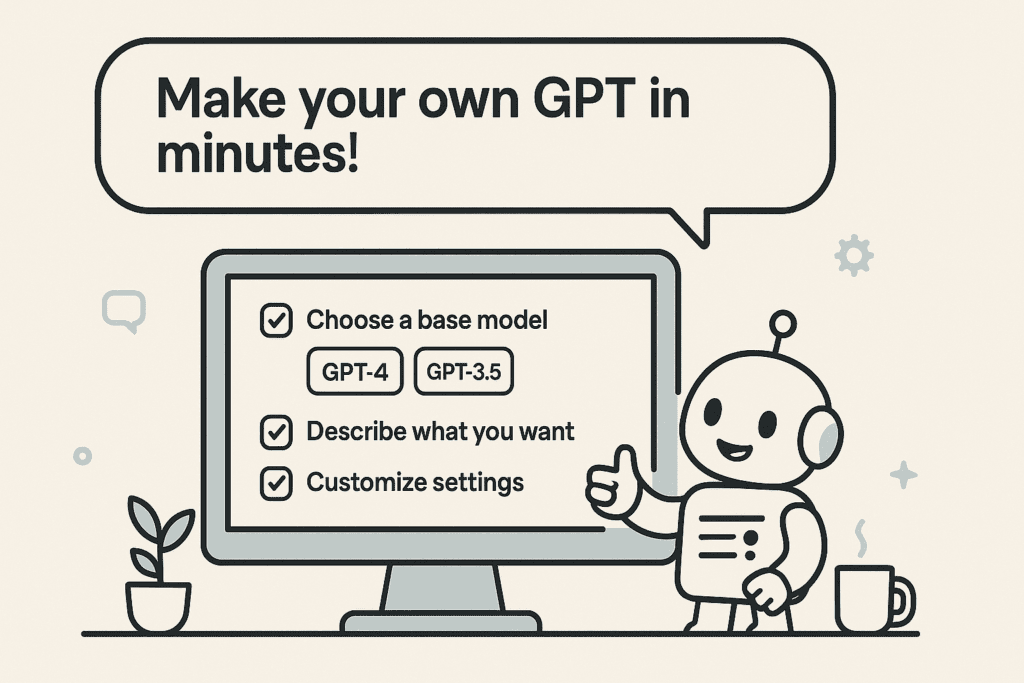
Recently, I have been experimenting with custom GPTs, and how they might be useful. These are a feature from OpenAI’s ChatGPT. Essentially, a custom GPT allows you to create a “wrapper” on top of the base LLM model you are using, to tailor the prompt the user keys in. So consider it an addition to ChatGPT’s system’s prompt. Or at least that’s how I am thinking of it.
GPTs for SEO
So I’ve created three custom GPTs, and they are for SEO activity.
https://chatgpt.com/g/g-680d0ec1ab788191bf01b28099bdb88a-alex-s-seo-analyst
This GPT, Alex’s SEO Analyst, enables the user to key in the URL of their business, and get an audit report for their SEO efforts, relative to their key competitors. It also suggests keywords to optimize.
https://chatgpt.com/g/g-680e775c8f808191a91ce03f1faefe53-alex-s-keyword-explorer-seo
This GPT, Alex’s Keyword Explorer (SEO), makes recommendations as to whether it makes sense to create and optimize content for a specific keyword, based on keyword difficulty.
https://chatgpt.com/g/g-680f1c3410288191bd61abf56d1c74d2-alex-s-content-creator-seo
This GPT, Alex’s Content Creator (SEO), drafts content, based on a specific keyword, after analysing competitors’ content for the same keyword.
Each GPT can build off the prior GPT’s recommendations, providing a nice flow for small businesses who want to do some SEO work.
Unrelated to SEO, I created this GPT, Alex’s Idea Generator, to help folks come up with new business ideas for their business: https://chatgpt.com/g/g-6811be4549c0819197b7813b5dbbb23e-alex-s-business-idea-generator
GPT Creation Process
These GPTs are really interesting, and they are also very easy to create. A win-win. The key is to write a great description, so the GPT does exactly as you want. You do need a GPT Plus or Enterprise account. The general steps are:
- Select Explore GPTs
- Select Create GPT
- Use text to create the GPT, paying very close attention to the description and instruction.
- Add in any specific resources
Here is an example instruction I used for the first GPT:
Identify keyword and content ideas for a brand, once they have submitted their URL. Search the web to identify the brands top three competitors. Show the user the three top competitor brands, then ask them if they want to add up to two more URLs. Then do a content audit of the brand’s website, and the same for each of the their top competitors. As part of the audit, give each site two overall scores. The first score relates to the similarity and alignment of the competitor site to the original site. Score out of 100. The second score relates to the overall SEO efforts of each site, including the original site. This score will be a combination of the authority score of the site (Moz’s authority score, for example) and how well the site has optimized its content for search. Make sure these scores are interpretable and consistent over time. Take your time, and do all this very thoroughly. Then make keyword suggestions, based on keyword difficulty, the likelihood of the original brand being able to gain a top spot in search for the keywords suggested. Make detailed recommendations. Check your work carefully.
Voila, you have created a GPT. There are use cases where you might want to keep the GPT private (they can make great grading tools), and other cases, as above, where you might want to make the GPT publicly available. One current limitation, only paid subscribers of ChatGPT can use your publicly available GPT.
I hope this helps get you started with creating your own GPTs!
